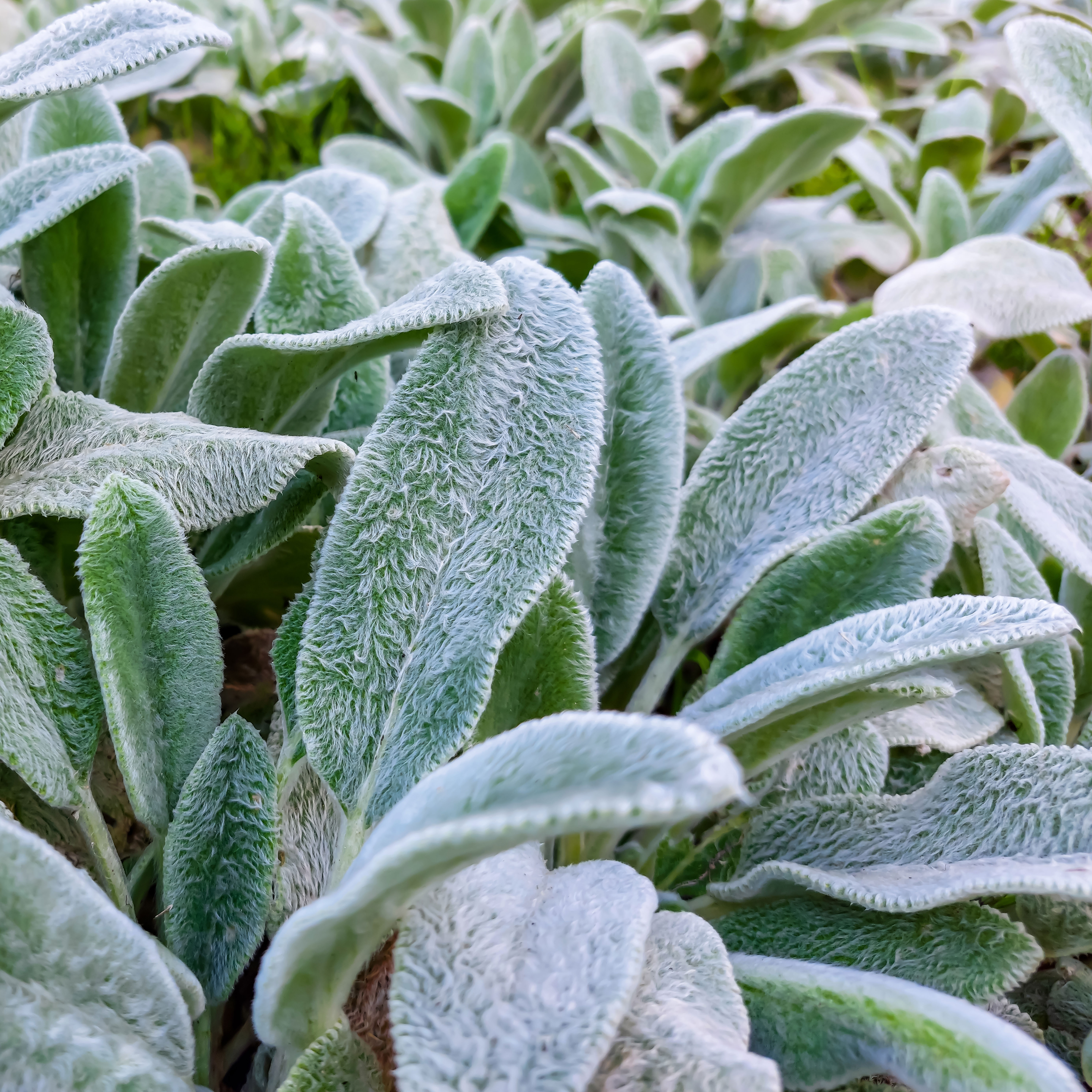Chrysanthemum Fusarium Control – Treating Mums With Fusarium Wilt

Chrysanthemums, or mums, are hardy favorites for cooler weather. Their pretty, cheerful flowers brighten up spaces when others won’t grow. One disease to watch out for with your mums is fusarium wilt. This fungal disease, caused by Fusarium oxysporum, is transmitted through roots to vascular tissue and can be very destructive to plants.
Identifying Mums with Fusarium Wilt
It is easy to misidentify fusarium on mum plants as root rot, but there are some key differences. One sign of either problem is wilting of leaves, but with fusarium it may occur only on one side or part of the plant. Also, roots look healthy when fusarium is the issue.
Yellowing or browning of leaves follows wilting. The plant’s growth will be stunted and it may not produce any flowers. If you cut a stem on a mum with fusarium wilt, you can see browning in the vascular tissue.
Does Fusarium Kill Mums?
Unfortunately, yes, this fungal infection will kill chrysanthemum plants if not managed properly. It is important to know and recognize the signs of the disease. If you catch it early, you should be able to destroy the diseased plant material and prevent it from spreading to other plants.
Chrysanthemum Fusarium Control
The most important thing you can do control chrysanthemum fusarium wilt is to buy plants that are certified disease free. The fusarium fungus can survive for years in soil, so it can be difficult to eliminate if you get it in your garden.
If you do see signs of wilt in your mums, destroy the affected plant material immediately. Clean any tools or pots thoroughly to prevent the spread of the fungus. Always clean up plant waste from the area where you grow chrysanthemums to keep fungus from building up in the soil.
Another step you can take if fusarium has gotten a foothold in your garden is to amend the pH of the soil. A pH between 6.5 and 7.0 will be unfavorable to the fungus.
Gardening tips, videos, info and more delivered right to your inbox!
Sign up for the Gardening Know How newsletter today and receive a free copy of our e-book "How to Grow Delicious Tomatoes".
Adding fungicide to the soil will also help control it. Check with your local garden center or extension office to find out what type of fungicide is best.

Mary Ellen Ellis has been gardening for over 20 years. With degrees in Chemistry and Biology, Mary Ellen's specialties are flowers, native plants, and herbs.
-
 My Homemade Orchid Fertilizer Always Brings More Blooms – Here's The Easy Recipe That Transforms Plants
My Homemade Orchid Fertilizer Always Brings More Blooms – Here's The Easy Recipe That Transforms PlantsScientist-turned-gardener Mary Ellen Ellis shares her tried-and-tested DIY orchid fertilizer recipe, plus more ingredients to try for healthy, happy plants.
By Mary Ellen Ellis
-
 Looking For Plants To Give You The Soft And Fuzzies? Try These 5 Fuzzy Leaf Plant Options
Looking For Plants To Give You The Soft And Fuzzies? Try These 5 Fuzzy Leaf Plant OptionsLovers of texture, drama, silver foliage and tactile plants will adore these special sensory garden additions. These fuzzy leaf plant options will leave you all aglow
By Susan Albert